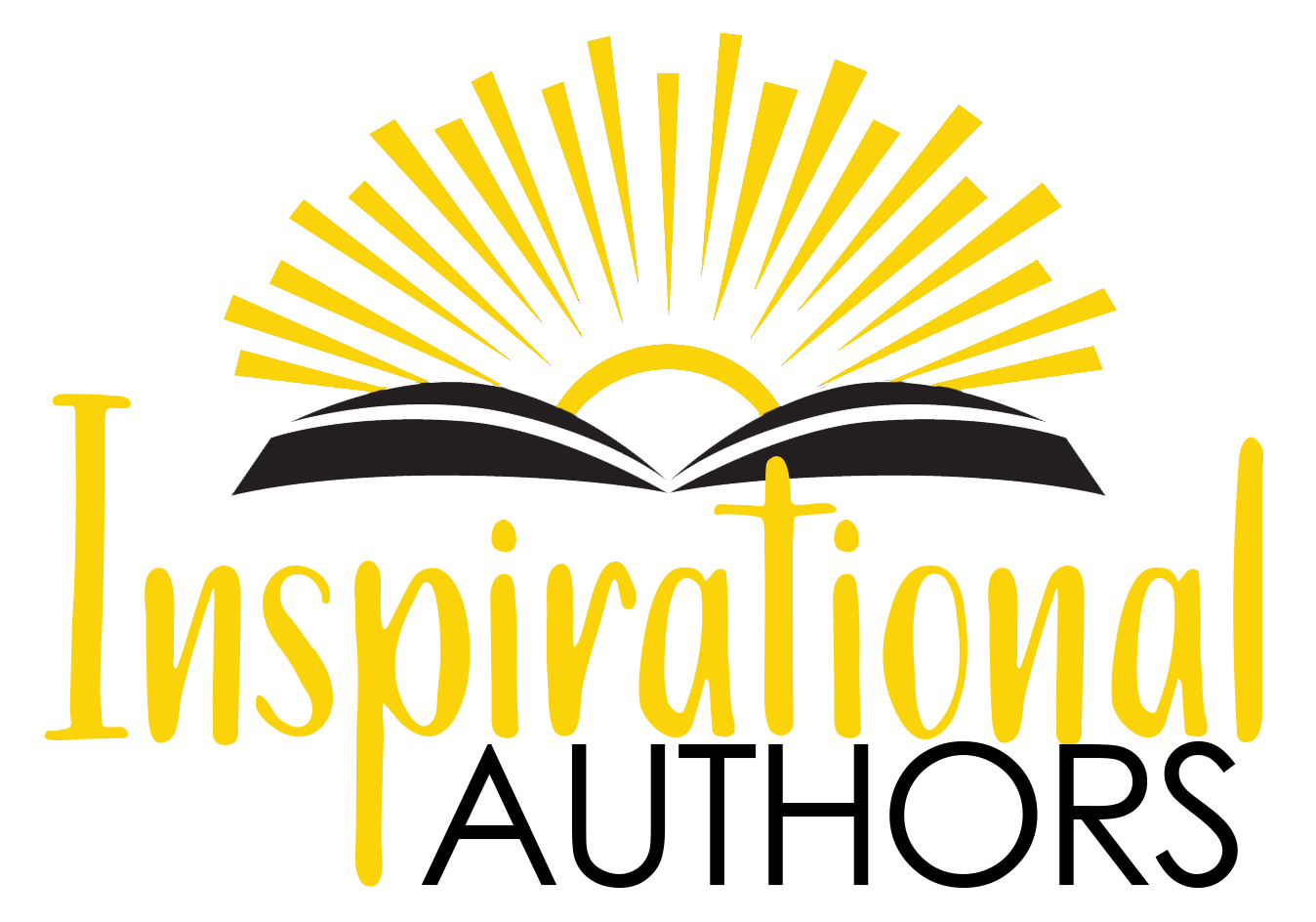Copy Editing
Copy editing focuses exclusively on improving the grammar, spelling, and punctuation of your work. Our editing process uses the Chicago Manual of Style (the publishing industry’s go-to guide) for grammar, punctuation, and usage and Merriam-Webster (the standard American-language dictionary) for spellings.
Line Editing
Line editing addresses paragraph structure, sentence flow, word choice, consistency issues, and overall presentation of the story. While a developmental editor will focus almost exclusively on the content of your manuscript, a line editor will also double-check and correct grammar, spelling, punctuation, word choice, and sentence structure. Line editors should leave corrections and suggestions that improve the line-by-line flow of your text, but they should also identify inconsistencies in your story, recommend ways to strengthen your plot, ensure that there are no continuity errors, and make sure that you’re writing your story exactly the way you want to write it.
Line editing vs. copyediting.
While line editing does include edits for typos, misspelled words, and grammar issues, line editors are likely to make changes that require you to do some rework, and revisions often introduce new typos or grammatical errors. This is why we recommend multiple rounds of editing. For an edit that focuses exclusively on improving the grammar, spelling, and punctuation of your work, check out our copyediting services.
Line editing vs. content/developmental editing.
Content editing refers to the type of editing that focuses on the content of a manuscript. It’s roughly synonymous with substantive editing, another catch-all term for edits that handle the substance of a manuscript, either in addition to or instead of the mechanics. Line editing, like developmental editing, is a type of content or substantive editing in that a line editor strives to improve the content of your manuscript by examining your plot structure, character development, pacing, and other high-level elements. A line edit will also address sentence-level concerns such as spelling, grammar, and punctuation.
Preparing for a line edit.
Before you submit your manuscript for a line edit, you should be certain that you’re mostly happy with the plot, flow, and overall feel of your book. A line edit is most effective at fine-tuning an already strong structure. Your line editor might suggest making a few minor changes throughout the manuscript or recommend reworking a few paragraphs here or there, but that’s typically as far as it goes. If you think your book is at an earlier stage of its growth, you might prefer a developmental edit, which can help you clearly map out a less structured book or identify where fresh content is needed.
From $0.06 per word
Content Development Editing
Developmental editing takes the seed of your book and helps you grow it into something beautiful. You might have finished writing a first draft, or you might only have a large pile of notes, character sketches, and plot diagrams. Either way, a developmental editor meets your book where it is. Then your editor then shows you what’s working, what could work better, and how to take your manuscript to the next stage of the publishing process. Developmental editing is a content-shaping process that authors can use as a fundamental tool of manuscript development. Therefore, It’s the first stage in the publishing process from an editor’s point of view. Similarly, it’s a chance for an author to work on the content of a book before it becomes too fixed. Additionally, developmental editors offer writers the opportunity to focus on the big picture before they have to concentrate on the details. As a result, authors can make miraculous changes that lead to substantially better books.
How do I prepare for a developmental edit?
To prepare for your developmental edit, first you’ll need a copy of Microsoft Word. Our developmental editors will use MS Word to bring together all your ideas and to leave editorial suggestions and changes. Also, you need as much of your manuscript as you’ve already put together, a rough idea about where you’d like to end up, and a willingness to do the hard writing work that will take you from here to there. Developmental editors provide authors with navigable road maps, ones that writers can follow to improve their books.
What happens after a developmental edit?
After the developmental edit is when the real fun begins! Firstly, your developmental editor will return your manuscript with copious notes, edits, corrections, and suggestions for how to improve both your writing and your book’s content. Additionally, you’ll get a detailed editorial letter that reflects on your storytelling successes and highlights exactly what work you need to do next. Then you get to work revising—and even rewriting—your manuscript. Once you’ve transformed your book and are satisfied that your manuscript is ready for the next stage, a line edit can help root out inconsistencies, strengthen through lines, and improve your writing at the sentence level. In addition, this is also a great time to find beta readers. Similarly, a critique group is an excellent way to discover how readers will respond long before you progress too far through the publishing process to make changes. Finally, add a round of copyediting to weed out any remaining mechanical errors, and you’ll have written a book!
What is the difference between developmental editing and line editing?
The difference between developmental editing and line editing is hinted at in the terminology. Basically, developmental editing is about developing your book, taking it from its current stage (whatever that is) to a completed draft. Therefore, a developmental edit of a manuscript is more transformative than a line edit. In essence, line editing and developmental editing can address many of the same issues, such as plot holes, irregular pacing, uneven characterization, or inconsistent points of view. However, a line edit assumes that a manuscript is broadly in its finished form. In addition, a line editor will make suggestions that are efficient and easy to implement. On the other hand, a developmental edit will tackle your project no matter how unfinished. Further, the editor’s recommendations might require extensive reworking or additional writing. For example, developmental edits consider questions like these: o Should this story be told from a different point of view? o Are there extraneous characters who could be removed? o Does the book begin and end in the right spot? o Are there ways to better emphasize the main themes?
What is the goal of developmental editing?
The goal of developmental editing is to show writers how to take their rough drafts and turn them into all-but-finished books. To this end, developmental editors collaborate with authors to find the shape and feel of their finished books and to determine what changes are necessary to make that happen. While publishing may be the end goal, during a developmental edit, the focus is on the process of improving and shaping the content.
From $0.10 per word

